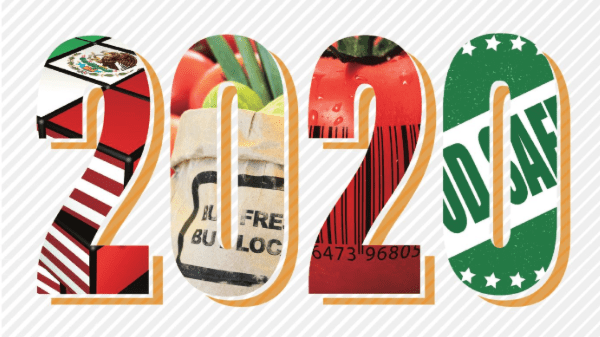“The produce industry gets more complicated every day and customers want and should expect all of us in the supply chain to have efficient and effective operations,” says Steve Grinstead, CEO of the FreshEdge companies.
“We must employ more of the newest technology to accomplish that goal.”
Tom Thompson, partner at Golden Sun Marketing in Mound, MN, agrees, and is a fan of technologies that can “create improved visibility across the supply chain, leading to improved real-time decision making and resulting in less shrink.”
Amy Childress, vice president of marketing and product planning at Emerson Commercial and Residential Solutions in Garden City, ID, is on the same page.
She considers the industry “a rapidly changing world where seemingly everything is interdependent and interconnected.”
This includes consumer, commercial, and regulatory demands, which she says are driving significant changes throughout the cold chain.
“One of the biggest shifts we’ve identified is the desire for increased technology transparency from supplier to consumer,” explains Childress, noting 87 percent of food shipments in the United States are handled by companies with fleets of six or fewer trucks, according to the USDA.
She says smaller operations often struggle to invest in new technologies to meet federal regulations and end-to-end traceability, so Emerson offers real-time trackers and logging devices to help with compliance.
Ongweoweh Pooling, LLC, headquartered in Ithaca, New York, also offers tracking of its bins, pallets, and crates. Both location and condition (including temperature, humidity, shock, and vibration) data is available.
“We’re finding companies are more interested in location data than condition-monitoring data,” says James O’Neil, executive director.
This is a multi-part series adapted from the January 2020 issue of Produce Blueprints, featuring a variety of experts predicting what will be top of mind in 2020.



